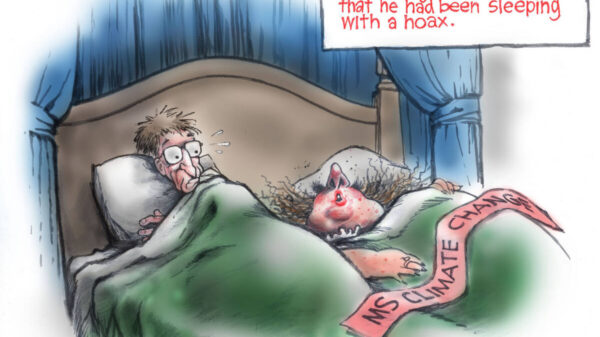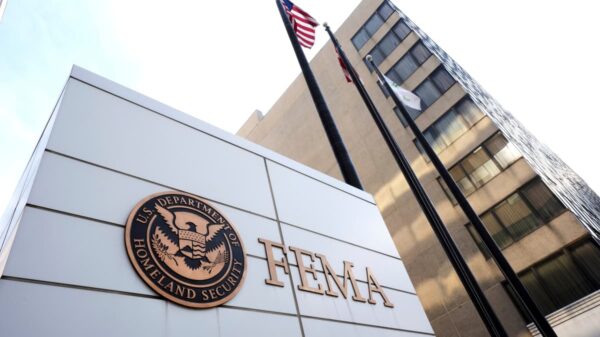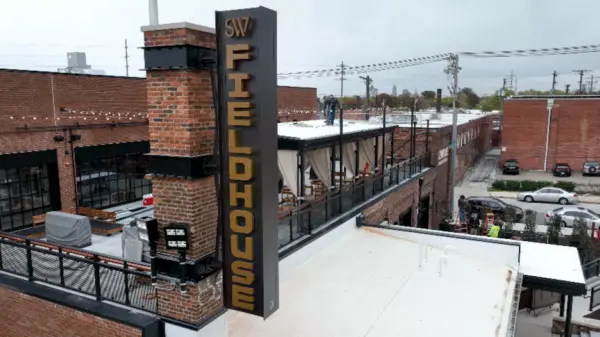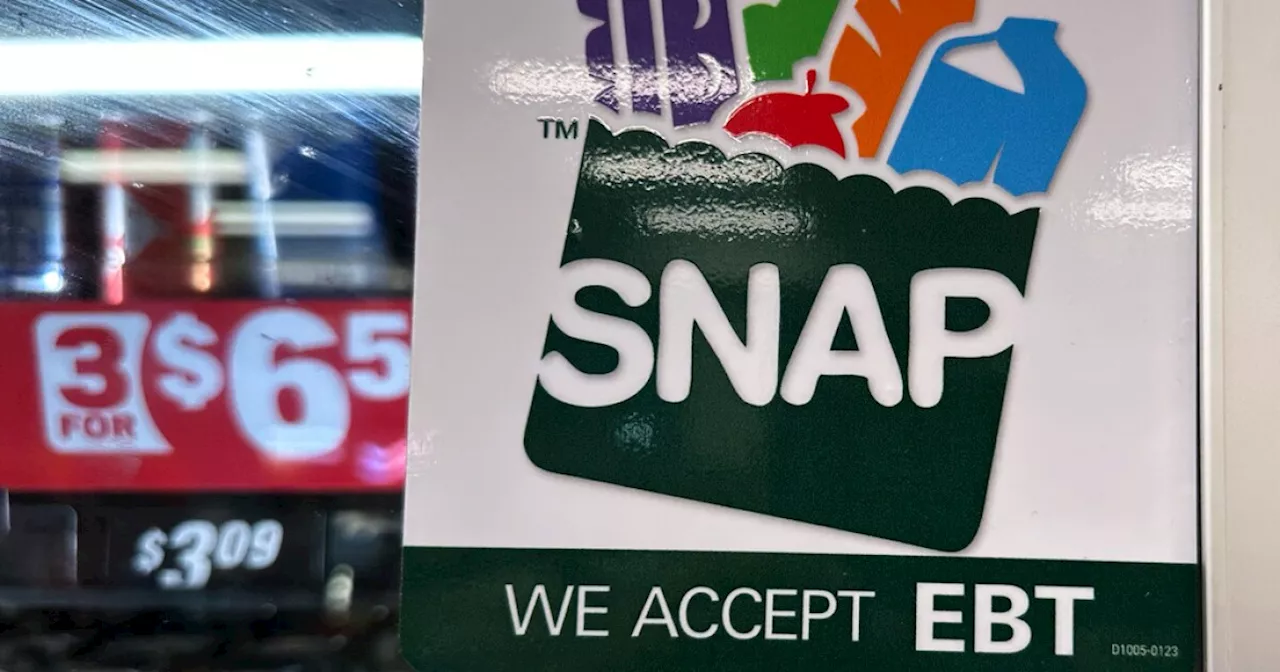The Supreme Court has issued a temporary stay on lower court orders that mandated full payments for the Supplemental Nutrition Assistance Program (SNAP) for November. This ruling halts the complete distribution of benefits while the case proceeds in the First Circuit Court of Appeals.
On Friday, the Supreme Court granted a temporary administrative stay, impacting the government’s ability to fully fund SNAP payments as the legal dispute unfolds. The stay creates uncertainty for millions of recipients who rely on these benefits for their food security.
Legal Background and Court Decisions
This legal battle is rooted in a recent government shutdown, which has affected SNAP funding for over a month. Earlier in the week, a federal judge in Rhode Island ordered the administration to restore full SNAP benefits, criticizing the previous plan that proposed only partial payments as “arbitrary and capricious.” This ruling prompted the administration to appeal to the Supreme Court, seeking to block the lower court’s decision.
The Supreme Court’s order stated, “IT IS ORDERED that the District Court’s orders are hereby administratively stayed pending disposition of the motion for a stay pending appeal in the United States Court of Appeals for the First Circuit.” The stay will remain active for two days following the appeals court’s decision.
Prior to this intervention, the U.S. Department of Agriculture (USDA) had announced plans to fully fund November SNAP benefits. Officials communicated to state agencies that they were in the final stages of processing necessary funds. Consequently, at least nine states had already begun distributing full SNAP benefits based on anticipated payments from the USDA.
Implications for SNAP Recipients
The ongoing legal complexities highlight the critical intersection of political decisions and the implementation of essential social programs. SNAP serves approximately one in eight Americans, primarily those with lower incomes. The uncertainty surrounding benefit distributions has significant implications for households relying on this assistance.
As states and non-profit organizations continue to advocate for the use of contingency funds to ensure SNAP payments, the legal landscape remains turbulent. The appeals court has expressed its intention to review the case thoroughly and to issue a decision “as quickly as possible.” The outcome of this case will ultimately determine the benefits received by millions and the government’s authority to manage vital food assistance programs during periods of budgetary strain and political discord.
The Supreme Court’s recent action illustrates the ongoing challenges in ensuring food security for vulnerable populations amidst shifting political landscapes. As the situation develops, the focus will remain on the legal proceedings and their impact on SNAP recipients across the country.






































































